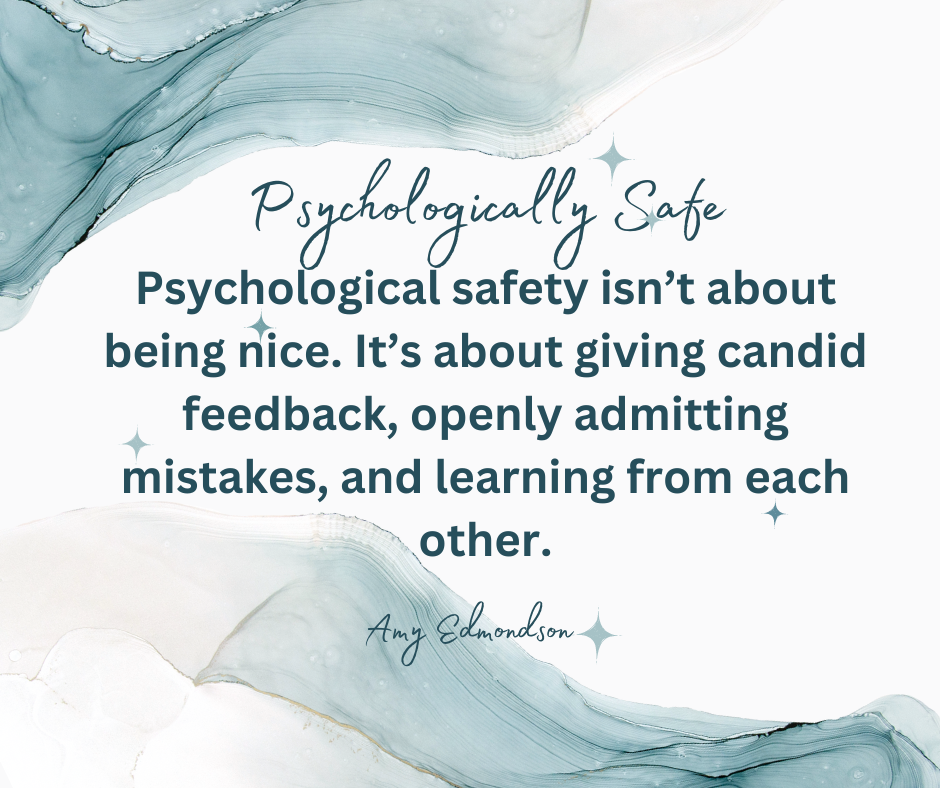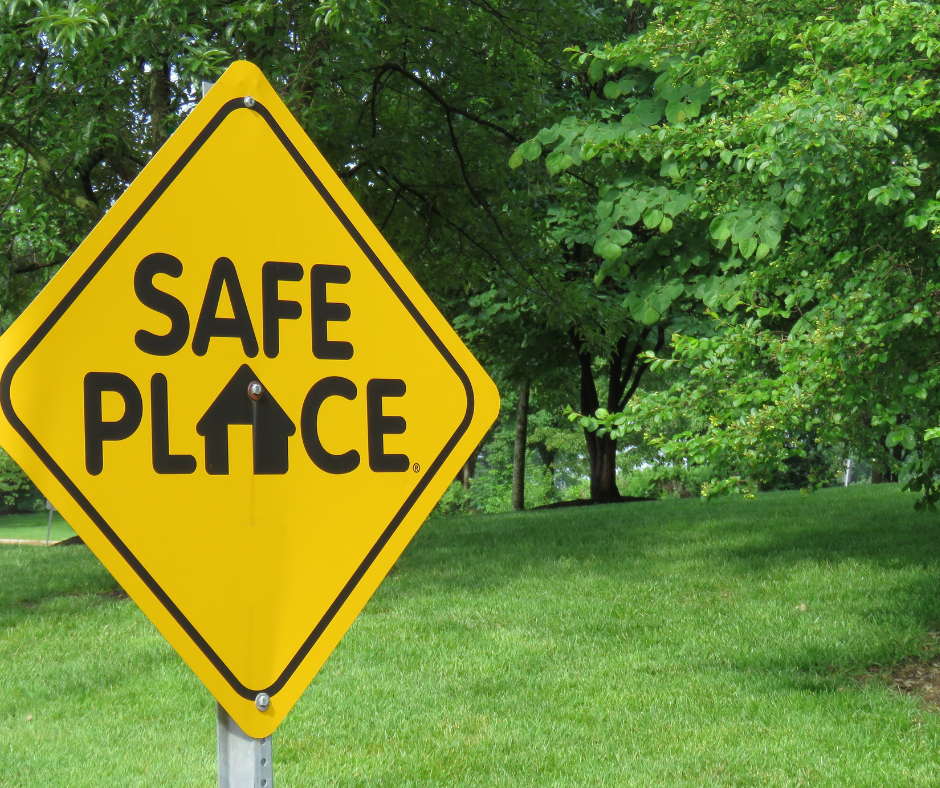There’s More to Safety Than a Hard Hat
The conversation about mental health and a psychologically safe workplace has become a major academic and organizational leadership topic. Boardrooms, classrooms, and think tanks face the modern challenge of increasing mental health priorities at work.
Mental Health and The Bottom Line
The Canadian Mental Health Commission has reported that, in any given year, one in five people in Canada will experience a mental health problem or illness, with a cost to the economy well in excess of 50 billion dollars!
How Do We Define a Psychologically Healthy Workplace?
In 2013, Psychological Health and Safety in the Workplace was published. The document outlines a voluntary standard that specifies the requirements for a documented and systematic approach to developing and sustaining a psychologically healthy and safe workplace.
Employees feel secure, valued, and respected in a psychologically safe workplace.
A psychologically safe environment promotes open communication, respectful feedback, supportive management, trust, and inclusivity. Employers can create a positive workplace culture that benefits everyone involved by prioritizing their employees’ mental health and well-being.
Creating a psychologically safe workplace is essential to being a successful manager or supervisor. It means that employees feel comfortable expressing their thoughts, ideas, and concerns without fear of negative consequences.
A psychologically safe workplace helps promote trust, collaboration, and creativity, which leads to increased productivity and employee engagement.
What Can You Do?
Over the next few weeks, we will address ways that you, as a leader, can foster an environment that promotes well-being and workplace happiness.







